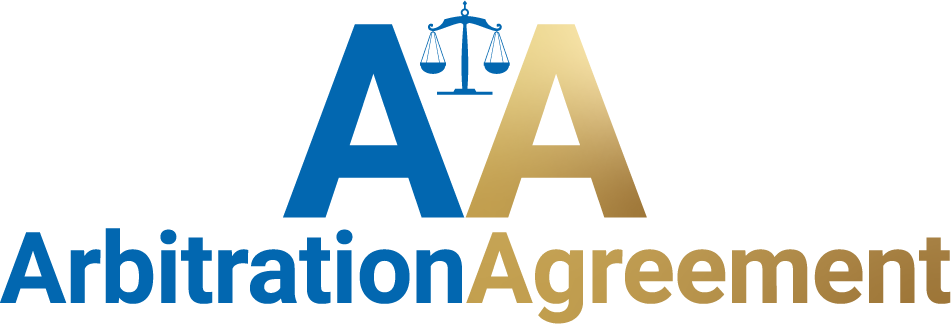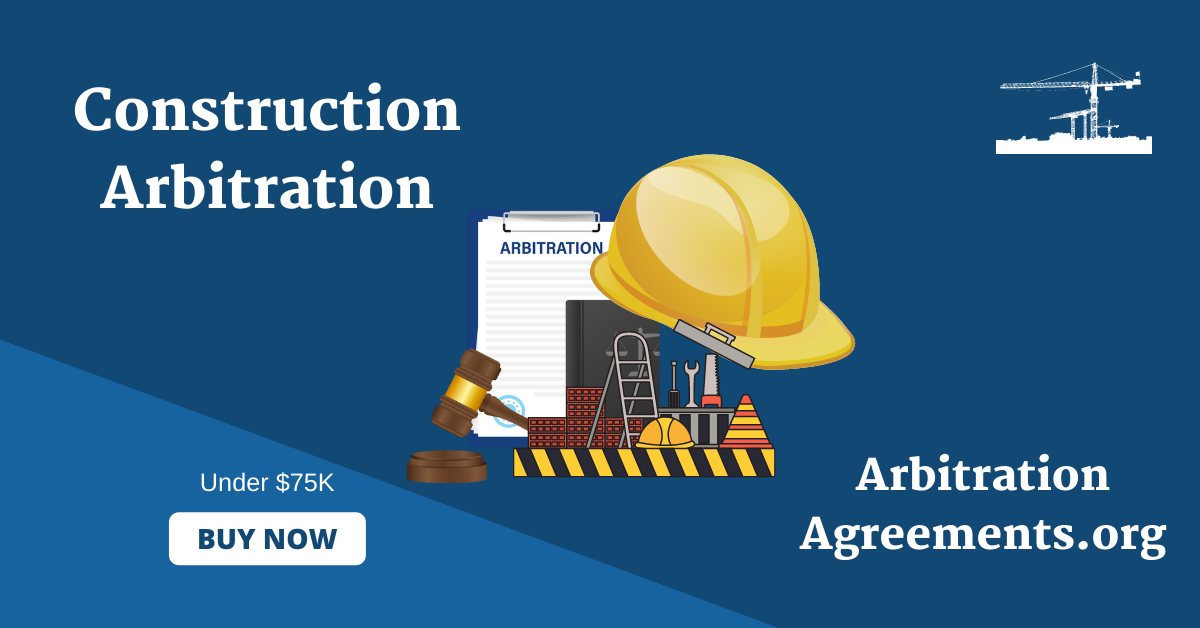Power imbalance is a concept that often applies to any alternative dispute resolution process.
From arbitration association to conciliation to mediation. A key mission of our association is to resolve all conflicts related to power imbalance. This way, parties can move on with their lives in a peaceful manner. So, what does “power imbalance” refer to? All that it means is that two or more parties have unique levels and sources of power. Say that all variables between two parties are equal commercial arbitration. That means a power imbalance is not at play.
Many situations within dispute resolution take place due to an imbalance of power.
Do not despair if you and your party become involved in one of these situations. The ArbitrationAgreements.org team is here to help you find solutions mediation packages. Please continue reading to learn more about dealing with imbalances of power. If you have any questions, do not hesitate to contact our association divorce mediation. Our ADR team is standing by to assist you or your business.
What Are Imbalances of Influence & Authority?
Most power imbalances do not have an even distribution of influence and authority. Here is how the average power imbalance gets expressed employment arbitration. It’s when one party can dominate a situation that involves decision-making. Or, a party asserts power in a manner that puts another party at a disadvantage low cost mediation.
Equity is a central principle of holding any type of partnership arbitration form.
It refers to the concept that each party commits resources and provides something. Say that an imbalance of power gets manifested. That is when equity becomes destroyed. This leads to a poor partnership amongst parties. Why? Because, oftentimes, poor decision-making is the end result of the imbalance.
So, how should partnership decisions take place?
They should get executed based on the best experience and information nearby labor arbitration. Many power imbalances result in the advice of a partner who has a lot of knowledge. Here is an example. An NPO could have close ties to a specific community. Or, the NPO could hold some sort of technical specialty resolution services. But say the partner of the NPO does not take the positive attributes into account. That is when an imbalance of power exists.
Imbalances Reduce Commitment
Any successful business or personal relationship involves commitment. Without commitment, the relationship cannot continue to flourish consumer arbitration. Well, all imbalances of power reduce commitment between partners and parties. Say that a partner feels that she or she has become disempowered arbitration company. The partner’s level of commitment will deteriorate. As a result, the partner’s willingness to invest in the partnership will get reduced.
The Risk of Unsustainable Partnerships
All partnerships focus on generating value amongst the partners. Let’s say that power imbalances throughout negotiation become blatant small claims. This will result in a partner realizing that he or she is not receiving ideal net value. That is a key reason why so many partners decide to withdraw from a partnership. Now, say that two partners are trying to negotiate a dispute outside of the ADR process arbitration association. The negotiation leads to one partner benefitting in a disproportionate, unfair manner arbitration contract. It then becomes almost guaranteed that the partnership will not work out. That’s because one partner will experience an ongoing bad feeling.
Sometimes power imbalances function in a perceived (instead of real) manner.
When they’re perceived, there is a stronger chance that a partnership can get salvaged. Real power imbalances matter more. They can lead to partners diverging from their original plans on a permanent basis.

Steps for Managing & Mitigating Imbalances
Let’s go over potential steps that a party can take to manage and mitigate power imbalances. A key first step is to recognize the boundary choices that you have made binding arbitration clause. Once you do, you can start to take responsibility for the actions that you have taken. Try to stay aware of every single boundary choice that took place. Plus, think about the resulting implications of those choices mandatory arbitration clauses.
This involves considering who you have included and excluded from in a power dynamic.
Also, reflect on whose voice gets heard on a consistent basis of ADR Arbitration. You might want to create a unique governance structure. The structure will help you ensure appropriate representation. As a result, you can share power in an equal manner with the opposite party.
Consider crafting custom decision-making mechanisms and structures mandatory arbitration provision.
Doing so can help you recognize and distribute power. It is crucial to define the roles and responsibilities of every single partner. Try to do so in a clear and concise manner arbitration rules. Make sure that participants with your level of seniority have a say in decisions. Sometimes partners get overlooked through issues of an imbalance in power. Try to explore the qualities and resources that each partner has. Take your time by defining each provided resource on a one-by-one basis. Your partners might also have technical or social knowledge. If so, encourage the partners to contribute to the decision-making process Arbitration & Binding Arbitration.
More Steps for Managing & Mitigating Imbalances
There are many more actions that you can take to manage and mitigate various imbalances. Consider taking a step back to acknowledge the current power dynamics. But do not stop there Arbitration Provision 101. Also try to acknowledge the unique sources of power within your partnership. Oftentimes, there are many different sources of power related to every partnership. It is also best if you attempt to cultivate a partnering mindset. This mindset is not only for you. The mindset is for all members of every partnership basics of Union Arbitration.
Exercise humility in realizing others might have first-rate resources or knowledge.
Many people have the ability to balance personal ambitions within a partnership. The key is to recognize those individuals and never overlook them. Do you feel that you have the ideal level of control and autonomy for decision-making? If not, you can distribute some of the control and autonomy to others.
Take Charge of Any Current Imbalances
You have the power to manage imbalances of power and control. This starts by building up the confidence of all partners in relation to power. Do so by providing support in recognizing, owning, and exercising a source of power. Say you’re dealing with more powerful parties, whether the power’s real or perceived. Encourage those parties to realize what the other partners can bring to the table. Suggest that a collaborative approach should take place. This way, everyone can benefit within a short time frame.
Even though some partners have a lot of power, you can still support them.
This involves helping them adopt new empowerment behaviors. For example, suggest that a partner address the less powerful partners during meetings. Then, the less powerful partners have a chance to contribute to the end-goal. Try to get in the habit of always distributing information ahead of schedule. This way, people that need to consult on an internal basis have time to do so. Plus, they can reflect before reacting and contributing.
One of the best actions to take is to make sure that everyone’s voice gets heard.
This starts by encouraging quieter individuals to speak up. As a result, those with less real/perceived power can begin expressing themselves.
How To Address Problematic Imbalances
Trust us. You do not want to put off addressing any problematic imbalances of power. It’s best to do so right away. Start out by recognizing which unique power dynamics are a problem. Once you determine what needs to get fixed, the strategizing process can take place. At this stage, consider crafting interventions to address the specific problems. Oftentimes, at this point, it becomes clear if a partnership can continue or not.
Try to recognize when (and when not) to continue your partnership.
Remember, it is best to always maintain an ability to walk away. It might also benefit you to sharpen your critical analysis skills. This way, you can figure out how to engage in any future partnership. Say that you realize that you have certain options to forgo the partnership. You can now continue trying to fix the power problem. Or, if there is too much imbalance, you can exit the partnership and move on.
ADR, Arbitration, & Mediation Can Resolve Imbalances
Are you or your company dealing with an imbalance of power? If so, please contact our association today. ArbitrationAgreements.org specializes in resolving all sorts of power imbalances. Whether the problem is personal or business-oriented, we can provide the right solutions. All you need to do is tell our ADR experts some basic information about your dispute. Then, within minutes, we can direct you to the best problem-solving process.
Our arbitration and mediation programs have a national, first-rate reputation. Countless customers have resolved imbalance of power cases through them. So, please pick up the phone and call us right now. You're also welcome to message us here on our website or send over an email. We look forward to converting your power dynamic problems into ideal, lasting solutions.








